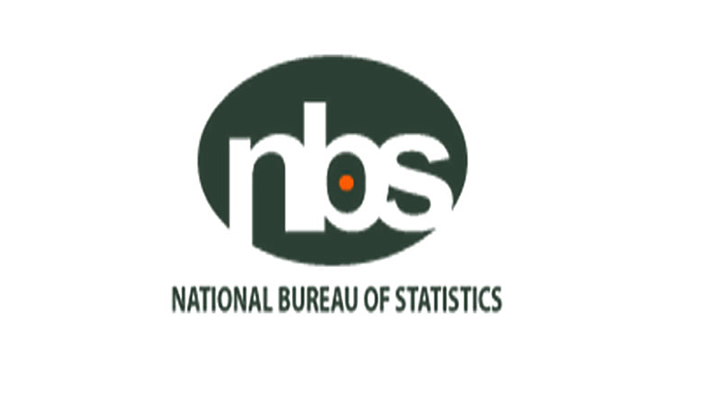By Muhammad Amaan
The National Bureau of Statistics (NBS), said female enrolment into Adult/Basic Literacy declined to 38.32 per cent in 2022.
This is contained in the NBS Statistical Report on Women and Men in Nigeria 2022 released in Abuja on Wednesday.
This statistical report analyses the status of women and men across Nigeria from 2020 to 2022 using statistics from agencies at the Federal, and State levels.
The report covers six key economic policy domains: Population, Health, Education, Employment, Power and Decision-Making in Governance, and Violence Against Women and Crime.
The report said female enrolments into Adult/Basic Literacy increased from 40.55 per cent in 2020 to 46.10 per cent in 2021 and dropped to 38.32 per cent in 2022.
The NBS said male enrolments were higher compared to female enrolments in 2020, 2021, and 2022, with 59.45 per cent, 53.90 per cent, and 61.68 per cent respectively.
The report said in 2020, Lagos state had the highest female enrolments with 20,345, while in 2021, Sokoto state recorded the highest with 203,608 and in 2022, Bauchi state had the highest with 60,698 in 2022.
“Adamawa recorded the least female enrolments in 2020 and 2021 with 37 and 320 respectively, while Yobe had the least with 6,508 in 2022.”
The report said from 2020 to 2022, female enrolments into Nomadic Schools were found below average; from 49.28 per cent in 2020 to 49.11 per cent in 2021 and 44.21 per cent in 2022.
The report said the percentage of female enrolments in public and private primary schools in 2020 was 48.50 per cent, which increased to 49.03 per cent in 2021 and declined to 48.92 per cent in 2022.
“These rates are lower compared to the male enrolments in 2020, 2021, and 2022 recorded at 51.50 per cent, 50.97 per cent, and 51.08 per cent respectively.”
It said female enrolments in Public and Private Junior Secondary School (JSS) in 2020 stood at 49.80 per cent, it decreased to 48.73 per cent in 2021 and rose to 51.47 per cent in 2022.
“Similarly, 49.10 per cent of enrolled Senior Secondary School (SSS) students in 2020 were female, which stood at 48.82 per cent in 2021.”
It said according to the National Universities Commission, the percentage of female enrolments in the 2019/2020 and 2020/2021 academic sessions were 43.46 per cent and 44.49 per cent, respectively.
The report said in 2020, the percentage of female and male teachers without a teaching certificate stood at 14.03 per cent and 4.32 per cent in Public and Private Early Childhood Care Development and Education (ECCDE).
It said in Public and Private Primary Schools, 6.47 per cent of female teachers and 15.45 per cent of male teachers were without a teaching certificate.
“In Public and Private JSS, 6.13 per cent female teachers and 9.85 per cent male teachers were without a teaching certificate.”
The report said according to the Nigeria Living Standard Survey (NLSS) 2019, 72.30 per cent of women and 77.30 per cent of men between ages 15 and 24 were literate in English.
It said according to the 2021 Multiple Indicator Cluster Survey (MICS)/National Immunisation Coverage Survey (NICS) report, 7.40 per cent of women and 17.20 per cent of men read newspapers at least once a week.
The report said females who listened to the radio at least once a week constituted 34.40 per cent as against 50.80 per cent of males.
“While 42.70 per cent of females and 48.90 per cent of males watched television at least once a week nationwide.”
The report said 13.40 per cent of females and 21.80 per cent of males accounted for those who ever used a computer.
“The percentage of women and men who have ever used the internet was 24.00 per cent and 41.60 per cent, respectively.”
In addition, the report showed that 58.2 per cent of females and 73.4 per cent of males owned a mobile phone.
The percentage of females and males that used a mobile phone at least once a week during the last three months stood at 78.10 and 65.80 per cent respectively.




